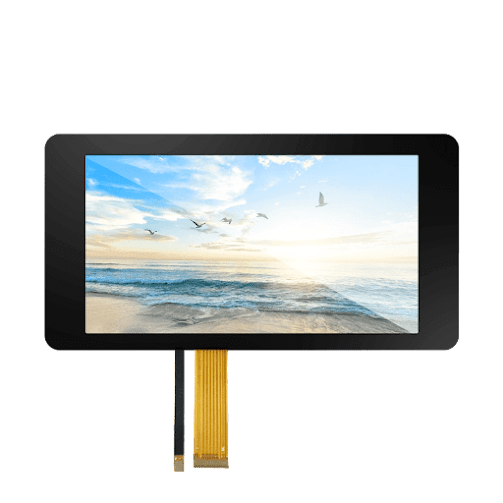Exploring the Capacitive Touch Screen Technology: A Profound Insight
The Capacitive Touch Screen has seamlessly woven into the fabric of our lives, providing a responsive and instinctive interface. Drawing upon my expertise in this domain, I aim to provide an all-encompassing exploration of capacitive touch screens, delving into their mechanics, advantages, and diverse applications.
Mechanism and
Operation:
Capacitive touch screens operate on the principle of electric charge. Unlike resistive touch screens that respond to pressure, capacitive touch screens identify the presence of a conductive object, like the touch of a human finger. This is achieved through a matrix of transparent electrodes crafted from highly conductive materials, often indium tin oxide (ITO), ingeniously embedded within the screen's surface.
Advantages of
Capacitive Touch Screens:
The ubiquity of capacitive touch screens in the market can be attributed to a multitude of advantageous features:
Support for Multi-Touch Gestures: Capacitive touch screens effortlessly support multi-touch gestures, empowering users to execute actions like zooming and swiping easily.
Optical Brilliance: Due to the absence of additional layers, capacitive touch screens offer enhanced visual clarity, resulting in vivid and sharp displays.
Durability: The lack of moving parts enhances the durability of capacitive touch screens, rendering them resilient to the effects of wear and tear.
Heightened Sensitivity: The responsiveness characteristic of capacitive touch screens obviates the necessity for excessive pressure, thereby enhancing user comfort and convenience.
Applications:
The applications of capacitive touch screens span diverse sectors:
Consumer Electronics: Smartphones, tablets, and wearables harness the capabilities of capacitive touch screens to provide intuitive and interactive interfaces.
Automotive: Modern vehicles have capacitive touch screens for infotainment systems, climate control, and navigation interfaces.
Retail: Point-of-sale terminals and interactive kiosks leverage capacitive touch screens for user-friendly interactions in retail settings.
Industrial Control: Industries rely on capacitive touch screens in control panels and human-machine interfaces, augmenting precision and efficiency.
In Conclusion, capacitive touch screens epitomize the marvels of contemporary technology. Their responsiveness and user-friendliness, combined with their versatile applications, have redefined our interaction with devices. Leveraging my expertise in the field, I foresee capacitive touch screens evolving further, enabling even more sophisticated and immersive user experiences in the years ahead.




Comments
Post a Comment